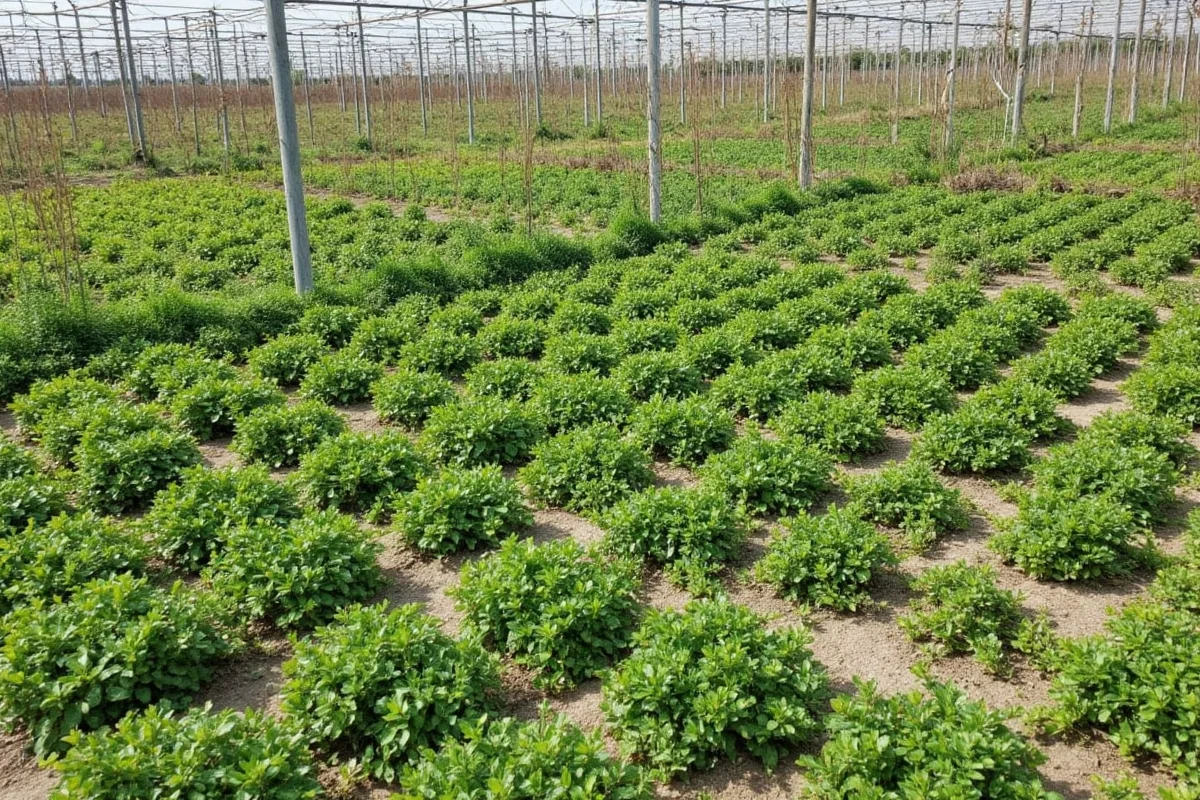Tillandsia magnusiana, a captivating air plant, is an excellent choice for both novice and experienced gardeners. Known for its elegant appearance and straightforward care requirements, this species is often a favorite among plant enthusiasts. In this article, we'll explore the essential aspects of Tillandsia magnusiana, including its characteristics, care instructions, common problems, and propagation techniques, and delve into intriguing facts.
Characteristics of Tillandsia Magnusiana
Tillandsia magnusiana, a member of the Bromeliaceae family, is a type of air plant native to Central America and Mexico. Unlike typical plants, Tillandsia relies on its leaves rather than roots for nutrient absorption. The plant's striking, silvery-gray appearance is attributed to the trichomes covering its leaves. These trichomes help the plant absorb moisture and nutrients from the air, making Tillandsia an easy-to-care-for species, particularly in humid environments.- Size: Tillandsia magnusiana typically grows up to 6-8 inches in height.
- Shape: Its leaves are thin and wispy, often curling into unique shapes.
- Color: The leaves have a silvery-gray hue, which can transition to green under certain conditions.
- Growth Pattern: It tends to form loose clumps or small rosettes.
Care Instructions for Tillandsia Magnusiana
Understanding how to care for Tillandsia magnusiana is vital for maintaining its health and vitality. This species is relatively low maintenance compared to other indoor plants, but attention to specific care guidelines is necessary.- Light: Tillandsia magnusiana prefers bright, indirect sunlight. A spot near a window, but not in direct sun, works best.
- Watering: Mist the plant 2-3 times a week, more often in hotter months. Ensure it dries quickly to prevent rot.
- Airflow: Good airflow is crucial for preventing mold and fungus. Avoid enclosed terrariums where air circulation is minimal.
- Temperature: Thrives comfortably at room temperature, ideally between 50–90°F (10–32°C).
- Fertilization: Use a bromeliad-friendly fertilizer monthly to support growth and vitality.
Common Problems and Solutions
Despite being relatively easy to care for, Tillandsia magnusiana can encounter some common problems. Identifying these issues promptly can prevent damage and ensure the plant maintains its beauty.| Problem | Solution |
|---|---|
| Leaf Browning | Check humidity levels; increase misting frequency or move to a more humid environment. |
| Rot | Ensure plants dry quickly after watering; improve airflow or reduce watering frequency. |
| Stunted Growth | Verify adequate lighting and nutrition; adjust location and fertilization routine. |
Propagation Techniques
Propagation of Tillandsia magnusiana can be an enjoyable and rewarding pursuit. These plants reproduce through offsets, known as "pups," which grow from the base of the parent plant.- Pup Formation: Pups appear near the base after the plant matures, usually taking a few months.
- Separation: Carefully detach the pup from the parent plant using sterilized scissors or gentle twisting.
- Planting: Allow the pup to dry for a day before securing it to a mount or placing it in a suitable location.
- Care for Pups: Follow the same care principles as the parent plant, ensuring they have adequate light and humidity.
Intriguing Facts about Tillandsia Magnusiana
Tillandsia magnusiana is not just another air plant; it has some captivating traits that make it unique among indoor plant species.- Species Diversity: Tillandsia magnusiana is part of the larger Tillandsia genus, which includes over 650 species.
- Ecological Role: In the wild, these plants help stabilize ecosystems and provide habitats for small fauna.
- Adaptation: The trichomes allow Tillandsia magnusiana to survive in arid and varied climates, showcasing its incredible adaptability.
- Decorative Use: Its delicate beauty makes it a popular choice for artistic displays and modern home decor.
In conclusion, Tillandsia magnusiana is an extraordinary air plant that offers visual appeal and low-maintenance requirements, making it perfect for any indoor gardener. With a good understanding of its characteristics, care guidelines, and propagation techniques, you can enjoy this plant's beauty and charm while avoiding common problems. This species not only functions as a decorative item but also provides educational insight into air plant ecology and growth patterns.











 浙公网安备
33010002000092号
浙公网安备
33010002000092号 浙B2-20120091-4
浙B2-20120091-4